We’ve got another in a series of articles related to safety training in the July issue of Professional Safety, the official magazine of the American Society of Safety Engineers (ASSE).
The series of articles provides tips for better safety training, and takes as a starting point some key parts of the ASSE/ANSI Z490.1 standard on effective EHS training. This article focuses on delivering effective EHS training (as opposed to designing it, or developing it, etc.).
We encourage you to check out the ASSE, their Professional Safety magazine, and of course their ANSI Z490.1 standard for environmental, health, and safety training. Also, be aware that ANSI and ASSE are beginning the process of creating ANSI Z490.2, which will deal with online or “virtual” EHS training. We’re on the committee to create that standard and you can read more about that here, here, and here.
To download our free guide to effective EHS training, based on ANSI Z490.1, scroll down to the bottom of this article.
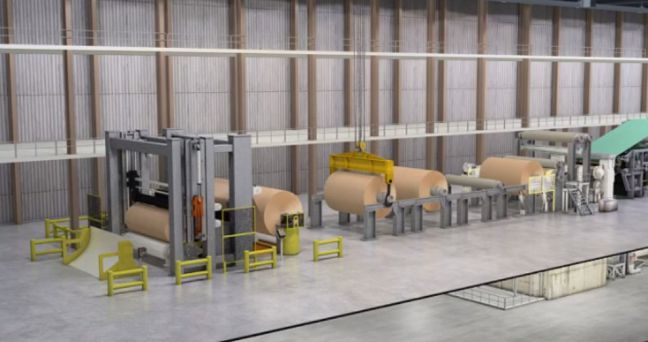
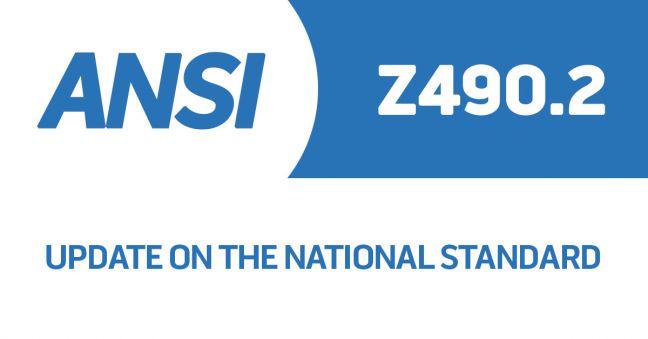

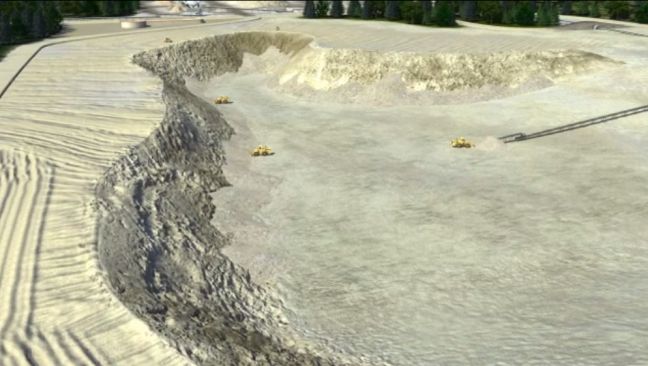
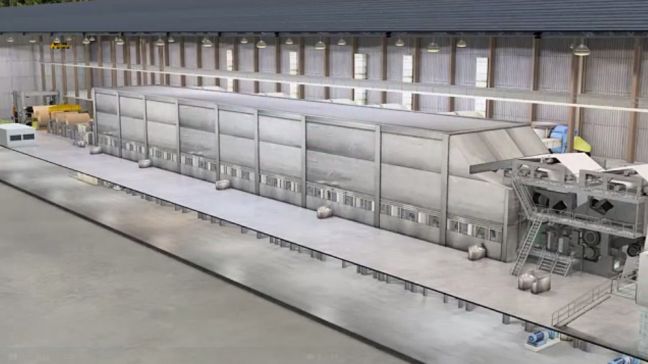
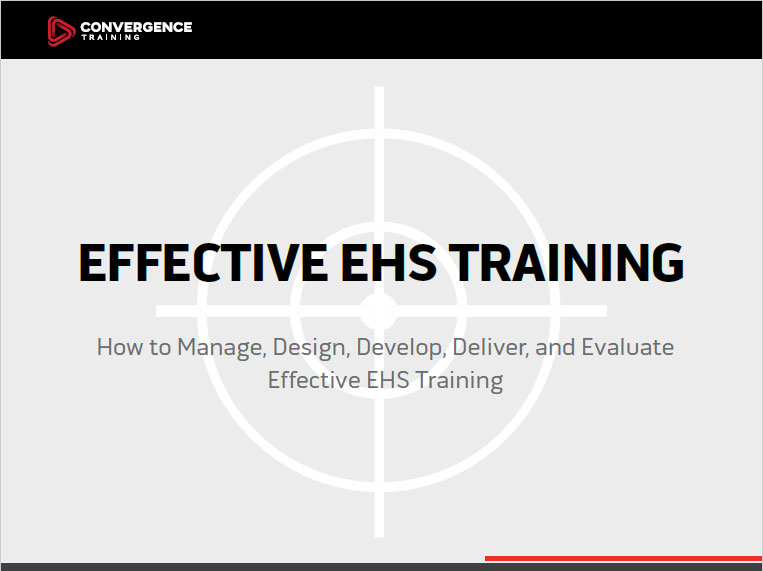

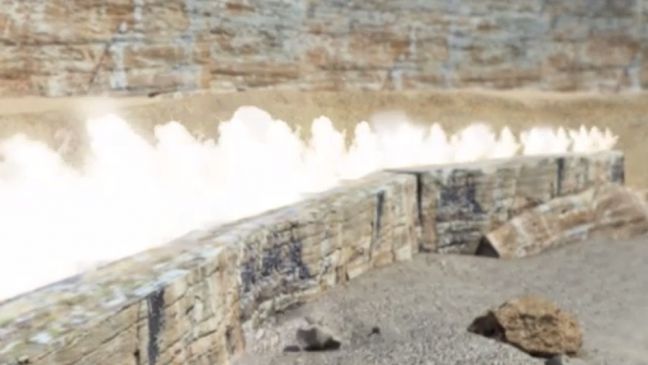
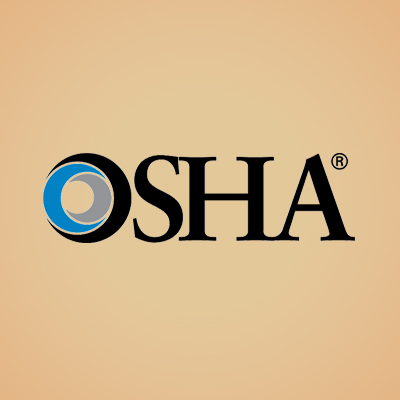 OSHA has released three new guidance documents to help small business comply with the Process Safety Management (PSM) regulation.
OSHA has released three new guidance documents to help small business comply with the Process Safety Management (PSM) regulation.